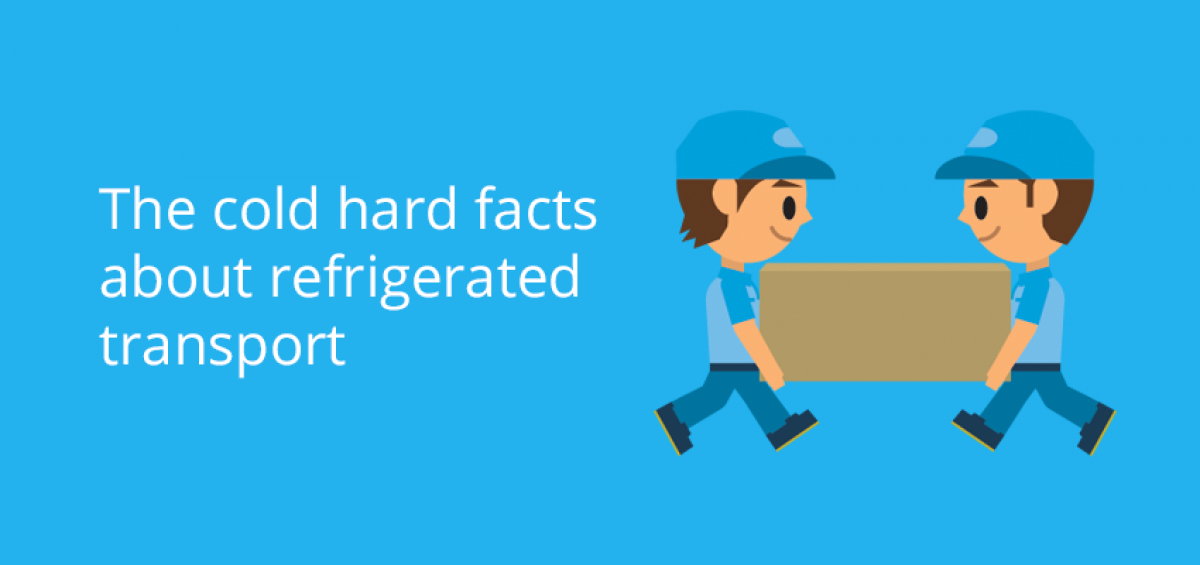
Refrigerated transport is a form of climate-controlled transportation which, depending on the product being transported, is designed to maintain a cool or frozen temperature. It is a fast paced, growing industry and an essential part of the cold chain. Products transported include everything from food to flowers and pharmaceuticals to cosmetics.
Find out more about the refrigerated transport industry with our top 5 cold hard facts, some of which may really surprise you!
5 Facts about Refrigerated Transport
- Beginning in the 1840s, refrigerated cars were first used to transport milk and butter. By 1860, refrigerated transport was limited to mostly seafood and dairy products.
- One of the highest cost factors in the refrigerated transport industry is standing time at the client. This includes the fact that some suppliers will only load vans from 7 am until 12:30 pm during weekdays and not at all over weekends!
- Food is not the only consumable moved via refrigerated transport. Most medicine must be kept colder than average air temperature. The labels on drugs that read, “keep in a cool, dry place” apply to shipping as well. More specifically, vaccinations must be kept at 2 – 8 degrees celsius in order to remain potent.
- The oldest and most basic form of refrigerated transport, involves packing the temperature-sensitive product into a cooler or case with ice packs, dry ice, or loose ice. The ice keeps the temperature cold during shipping for a length of time which can vary from a few hours to a few days. This can be used to move a small quantity of a material, such as soft drinks for a picnic or biological samples from the site of an epidemic.
- Refrigeration systems on transport vehicles in the UK are estimated to use 4,822 GWh of energy per year.




Leave a Comment